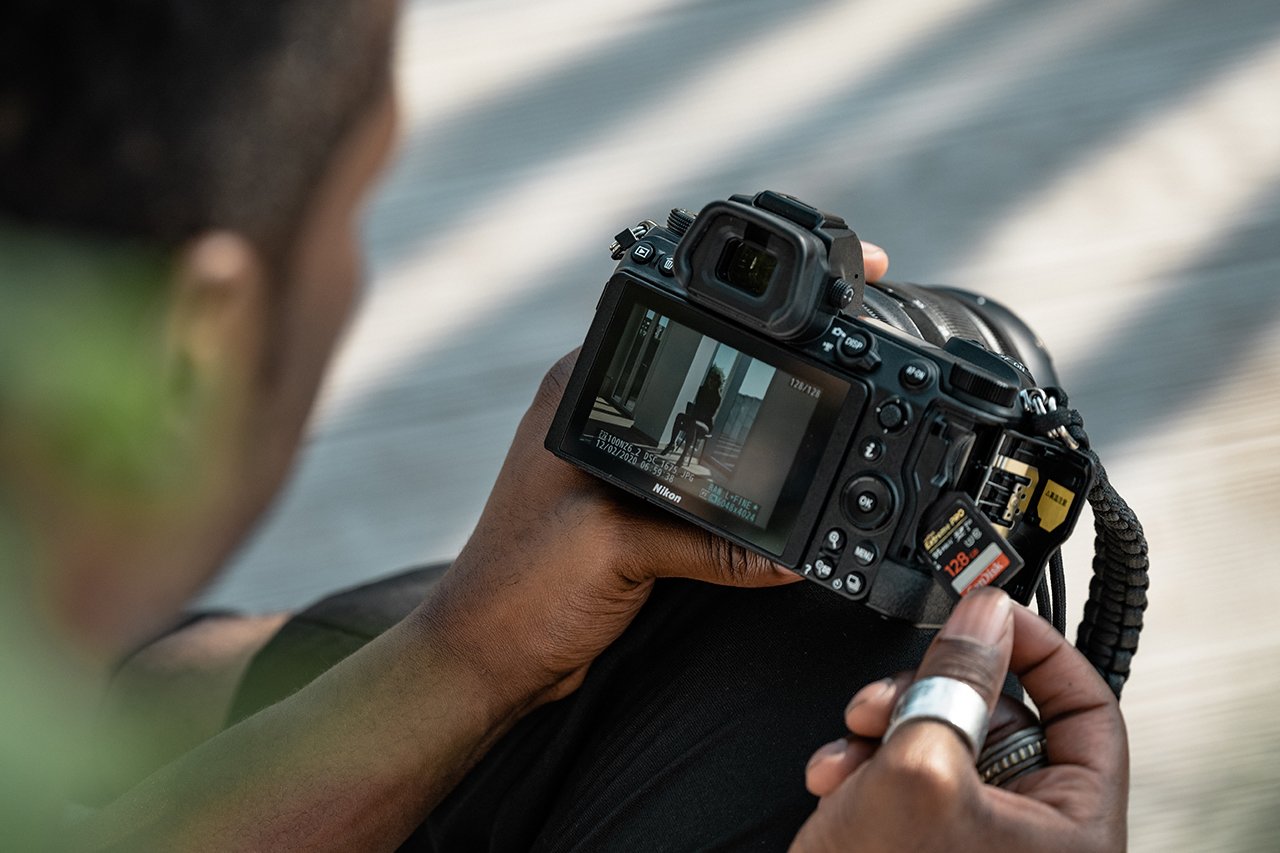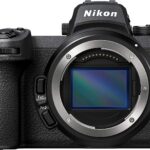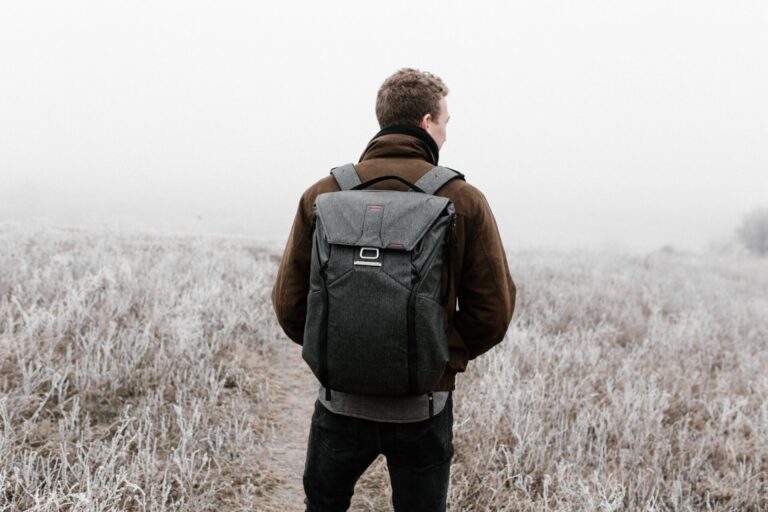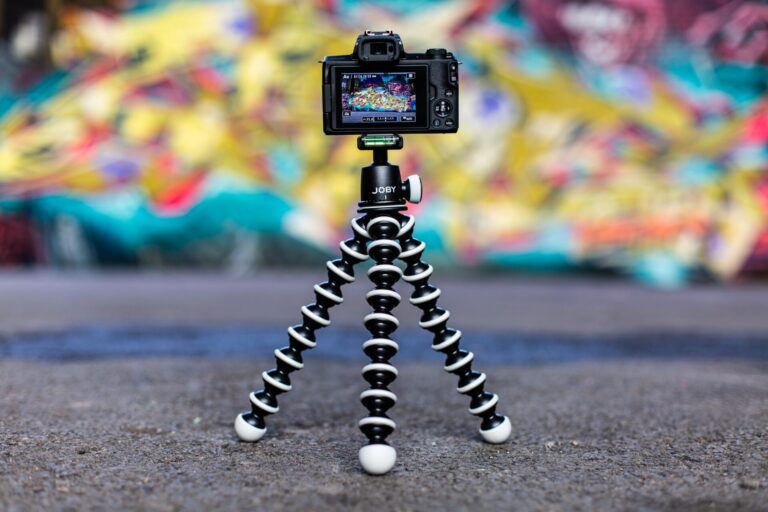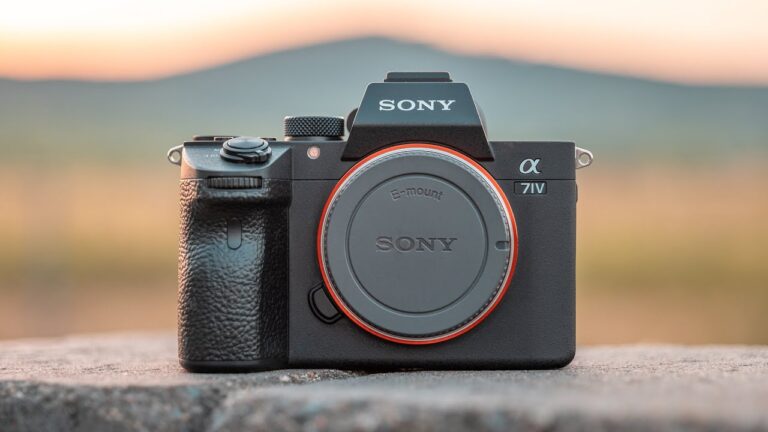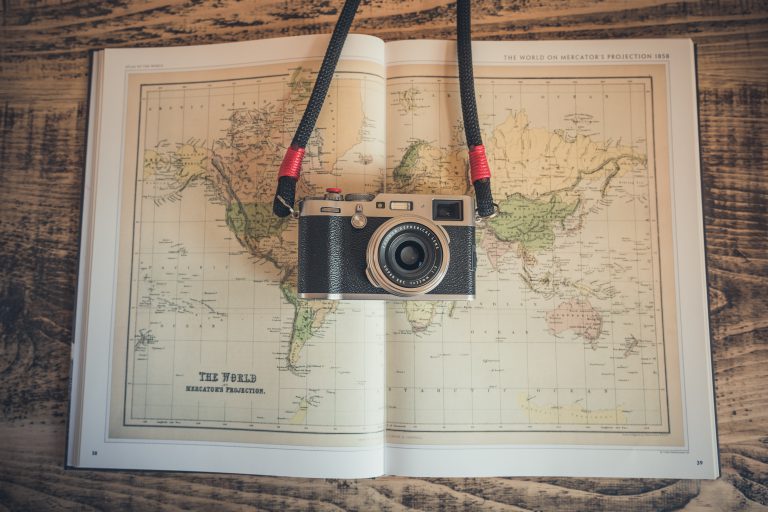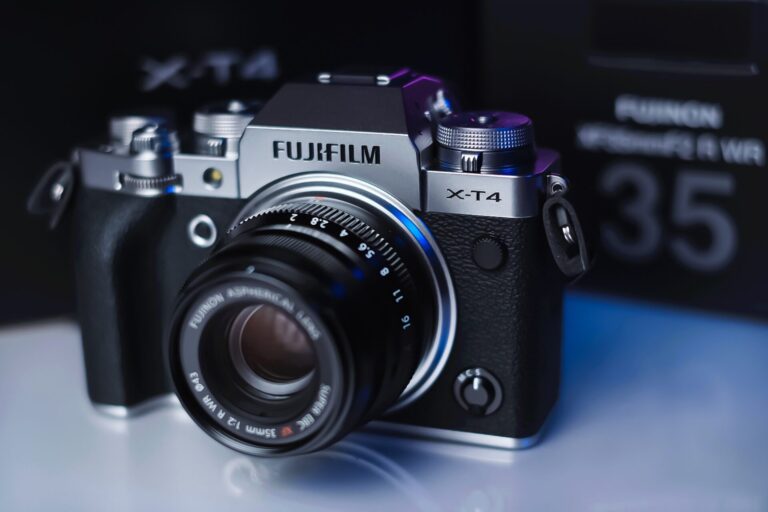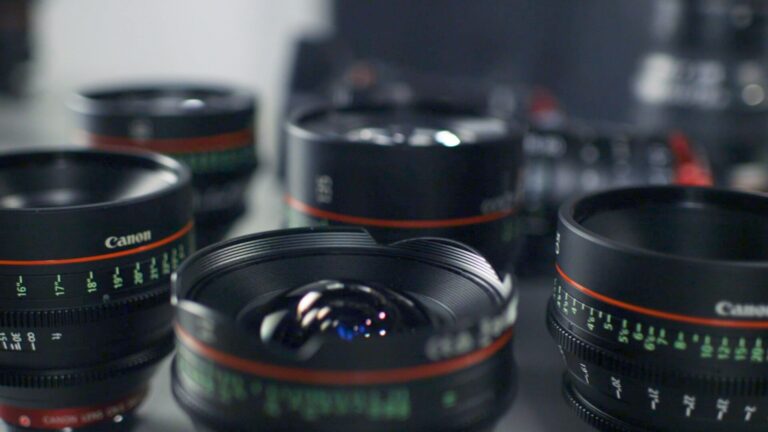Nikon Z6 II 2024 Review: A Game-Changing Camera for the Modern Photographer
The Nikon Z6 II is a full-frame mirrorless camera released in 2020; It’s a successor to the popular Z6 model and comes with a host of new features and improvements. If you’re in the market for a new camera in 2024, you may wonder whether the Z6 II is worth buying.
In this review, we’ll closely examine the camera’s unique features, video capabilities, and performance compared to other cameras in its class. We’ll also explore how the Z6 II fares for travel photography and videography, to help you decide whether it’s the right choice for your needs.
So let’s dive in and see what the Nikon Z6 II has to offer!
Page Contents
Unique Features of the Nikon Z6 II
One of the standout features of the Nikon Z6 II is its image processing power. It boasts dual EXPEED 6 processors, making the camera fast and responsive and allowing for advanced features like 14 fps continuous shooting and improved autofocus performance. With these processors, you can expect your images to be processed quickly and efficiently, allowing you to focus on capturing the moment.
The Nikon Z6 II also has a full-frame sensor, a major selling point for many photographers. A full-frame sensor means that the sensor is the same size as a 35mm film frame, allowing more light to be captured and better low-light performance. The 24.5-megapixel sensor in the Z6 II delivers high-quality images with excellent detail and dynamic range.
Speaking of autofocus, the Nikon Z6 II’s autofocus system is another impressive feature. With 273 autofocus points and Eye-Detection AF, the camera can quickly and accurately focus on your subject, even in challenging lighting conditions. Eye-Detection AF is particularly useful for portrait photography, as it can detect and focus on the subject’s eye, ensuring that the eyes are always focused.
For videographers, the Nikon Z6 II offers 4K UHD video recording with N-Log and 10-bit HDMI output. This means you can capture professional-grade video with a wide dynamic range and color gamut, which can be further refined in post-processing. The camera also offers various video features, such as focus peaking, zebra stripes, and timecode support, making it a versatile tool for videographers.
Nikon Z6 II Video
The Nikon Z6 II is a capable stills camera and an excellent video production tool. With its 4K UHD video recording capability, N-Log, and 10-bit HDMI output, the Z6 II can deliver professional-grade video quality. The camera can record 4K UHD video at up to 30 fps or Full HD 1080p video at up to 120 fps, providing a range of options for different projects and shooting situations.
One of the key features that sets the Z6 II apart from other cameras is its N-Log capability. N-Log is a logarithmic gamma curve that provides a wider dynamic range and greater color depth in video footage. This means that you can capture more detail in both the highlights and shadows of your footage and have more flexibility in post-processing. With N-Log, you can achieve a more cinematic look to your videos.
In addition to N-Log, the Z6 II offers 10-bit HDMI output, allowing even more color depth and flexibility in post-processing. The 10-bit output means the camera can capture over a billion colors, compared to 8-bit, which only captures around 16 million. This means that the footage captured by the Z6 II will have smoother gradients and less banding and can be color-graded more effectively in post-processing.
The Z6 II also offers a range of video features that can help you capture the shot you want. Focus peaking is one of the most useful features, as it highlights the areas of the frame that are in focus. This can be particularly useful when shooting with manual focus lenses or using shallow depth of field. The camera also offers zebra stripes, which indicate overexposed areas of the frame, and timecode support, making it easier to sync footage from multiple cameras.

Nikon Z6 II VS Nikon Z6
The Nikon Z6 II is the successor to the popular Nikon Z6 and offers several improvements over its predecessor. One of the key differences between the two cameras is the autofocus system. The Z6 II has a more advanced autofocus system with more focus points than the Z6’s. This means the Z6 II can focus more accurately and quickly, especially when shooting fast-moving subjects or in low-light conditions.
Another major improvement of the Z6 II is its dual EXPEED 6 image processors, compared to the Z6’s single EXPEED 6 processor. This allows the Z6 II to process images and video faster and more efficiently, improving performance and reducing buffering times. Additionally, the Z6 II offers a slightly faster continuous shooting speed of up to 14 frames per second compared to the Z6’s 12 frames per second.
However, it’s worth noting that the Z6 and Z6 II also share many similarities. Both cameras have the same full-frame sensor with a resolution of 24.5 megapixels, which produces high-quality images with excellent dynamic range and low noise levels. They also offer the same 4K UHD video recording capabilities, N-Log, and 10-bit HDMI output, which make them both excellent options for content creators who need a camera that can handle both stills and video.
Nikon Z6 II VS Sony A7III
The Nikon Z6 II and the Sony A7III are two of the best full-frame mirrorless cameras for content creators, but they have some key differences. One of the main differences is the autofocus system: the Sony A7III has a more advanced autofocus system with 693 focus points, compared to the Nikon Z6 II’s 273 focus points. This means that the A7III can track moving subjects more accurately and reliably, which is great for sports and action photography. However, the Nikon Z6 II’s autofocus system is still competent; It offers several advanced features, such as Eye-Detection AF and Animal-Detection AF, which can be very useful for portrait and wildlife photography.
Another difference between the two cameras is the video capabilities. While both cameras can shoot 4K UHD video, the Sony A7III offers more advanced video features, such as S-Log2 and S-Log3 gamma curves, allowing for greater dynamic range and color grading post-production.
Additionally, the A7III has a headphone jack and a dedicated record button, which can be very useful for videographers. However, the Nikon Z6 II has some advantages, such as 10-bit N-Log recording and the ability to shoot 4K UHD at 60 frames per second (fps), which is great for slow-motion footage.
Nikon Z6 II VS Canon EOS R6
The Nikon Z6 II and the Canon EOS R6 are both excellent full-frame mirrorless cameras for content creators, but they have some notable differences. One of the main differences is the autofocus system: the Canon EOS R6 has a more advanced autofocus system with 6,072 AF points and Dual Pixel CMOS AF II technology, which allows for faster and more accurate autofocus performance. This is particularly useful for sports, action photography, and video recording.
Another difference between the two cameras is the video capabilities. Both cameras can shoot 4K UHD video, but the Canon EOS R6 offers some advanced video features, such as Canon Log and 10-bit 4:2:2 recording via HDMI, which allows for greater flexibility and quality in post-production.
The EOS R6 boasts a fully articulating touchscreen, which proves advantageous for content creators and vloggers who require self-shooting capabilities. Nevertheless, the Nikon Z6 II offers its own benefits, including the ability to record in 10-bit N-Log and shoot 4K UHD at 60 frames per second (fps), making it an excellent choice for capturing slow-motion footage.
Nikon Z6 II VS Fujifilm X-T4
The Nikon Z6 II and the Fujifilm X-T4 are both excellent mirrorless cameras for content creators, but they have some key differences. One of the main differences is the sensor size: the Nikon Z6 II has a full-frame sensor, while the Fujifilm X-T4 has an APS-C sensor. This means that the Nikon Z6 II can capture more light and produce images with a shallower depth of field, which is great for portrait and landscape photography. However, the X-T4’s smaller sensor can be an advantage for sports and wildlife photography, as it allows for a longer effective focal length with telephoto lenses.
Another difference between the two cameras is the autofocus system. The Nikon Z6 II has a more advanced autofocus system with 273 focus points than the X-T4’s 425 focus points. However, the X-T4’s autofocus system is known for its speed and accuracy, especially when it comes to tracking moving subjects. Additionally, the X-T4 offers several autofocus modes and settings specifically designed for different shooting situations, which can be very useful for content creators who need to adapt quickly to changing conditions.
The X-T4 also offers features that the Nikon Z6 II doesn’t have, such as in-body image stabilization (IBIS), a fully articulating touchscreen, and Fujifilm’s Film Simulation modes, which mimic the look of classic film stocks. These features can appeal to content creators who value versatility and creativity in their work. However, the Nikon Z6 II has some advantages, such as a higher resolution EVF and a wider range of compatible lenses.
Travel photography with the Nikon Z6 II
The Nikon Z6 II is a versatile camera perfect for travel photography. Whether you are exploring a bustling city or capturing the beauty of a serene landscape, the camera’s features make it an excellent tool for any setting.
City Photography
When it comes to city photography, the Nikon Z6 II shines; Its fast autofocus system and image stabilization allow for sharp and detailed images even in low light conditions. The camera’s compact size also makes it easy to carry around while exploring the city. From bustling streets to stunning architecture, the Nikon Z6 II is an excellent camera for capturing the vibrant energy of a city.
Landscape photography
The Nikon Z6 II’s full-frame sensor and high resolution make it an ideal camera for landscape photography. Its dynamic range and color accuracy allow for stunning images that capture the natural beauty of a destination. The camera’s weather sealing also makes it durable enough to withstand harsh weather conditions and capture images in challenging environments.
Best Nikon Z6 II to travel with
A good lens is essential for travel photography, and the Nikon Z6 II has a range of lenses that are perfect for capturing different types of shots. Our Nikon lens guide highlights some of the best lenses for travel photography, including the NIKKOR Z 24-70mm f/4 S lens for versatile shooting and the NIKKOR Z 14-30mm f/4 S lens for stunning wide-angle shots. With the right lenses, the Nikon Z6 II can capture any type of travel photography, from street scenes to landscapes.
In Summary
The Nikon Z6 II is a powerful camera that offers many unique features that make it a strong contender for content creators in 2024. With its powerful image processors, full-frame sensor, and advanced autofocus system, it is capable of capturing high-quality images and videos.
While it may not be the most affordable option on the market, the Nikon Z6 II offers great value for its price point, particularly for those who prioritize video capabilities. It also offers a comfortable and ergonomic design that makes it easy to use for long periods of time, making it an ideal choice for travel and adventure photography.
Pros
- Good low-light performance
- Advanced autofocus with eye detection
- Dual card slots
- High-quality 4K UHD video
- Ergonomic design
Cons
- Short battery life
- No built-in flash
- No in-body image stabilization
- Limited lens selection
- Expensive

